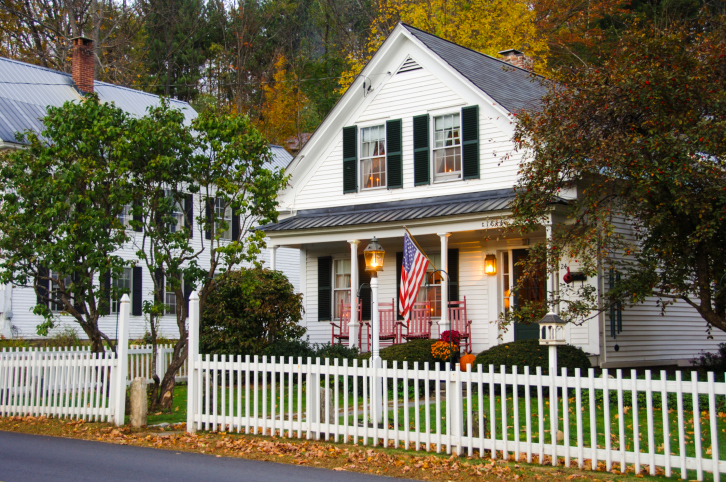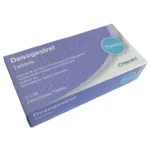Installing a fence around your property can be a great benefit to your home. There are many considerations to think about when deciding which material to use. Most homeowners choose between wood or vinyl (also called PVC) due to the many features both offer. To help you compare between the two materials, here are some considerations to help make your decision effortless.
Style
While fences have functional benefits, a big consideration is style and curb appeal. Vinyl fencing was introduced to the market in the 1980’s and has just recently become more popular in the last 15 years. Most are white, but manufacturers are producing different colour vinyl fences by adding the colouring into the plastic itself. There are fence toppers and panel options available that you can choose from to get that look you want.

Wood fencing has many more options available. You can choose from different types of woods at www.manchesterfencingpro.co.uk to give you anything from a bright pine, red cedar, dark oak and everything in between. After a length of time, wood fencing can also be stained or painted to give an updated look to them. Wood can also give a more “blending in” look to its environment that compliments your landscaping and home aesthetics.
Home Value
Home valuation is also an important consideration. Home buyers look for function and curb appeal when deciding on a home purchase. Choosing to add a fence could increase the value of your home when it comes time to sell. Additionally, a fence can lower your insurance rate since they help prevent liability issues.
Vinyl fencing has better durability and keeps its appearance very well. Some may want that more natural, look that wood has to offer. Before you sell, it’s always a great idea to make some updates to your wood fence to give it a cleaner and more polished look before you go on the market. Either way, having that security of a fenced in yard, that looks good, can help you get a good return on selling your home.
Privacy and Security
Both materials can give you that privacy you are looking for. Height options from 4-8 feet are available in wood and vinyl alike. If you want something that allows more sunlight and airflow for gardening, semi-private fencing in either material is available as well.

If safety is a concern of yours, a fence is always a great place to start. Of the two, vinyl is a more study material that would be more difficult for someone to break. Having a fence is a deterrent from people coming onto your property.
Pets
To provide for their outdoor needs and containment, fences are a great way to keep your dog or other large pet contained in your yard. Privacy fencing keeps your barker at bay if they can’t see through the fence to scare people walking by or get distracted by other stimuli that excite them.

If your dog likes to test their boundaries, a vinyl fence may be a better choice for you. Vinyl is not treated with chemicals or insecticides to keep its integrity. So if your chewer does find a corner of the fence to chew on, you can have the peace of mind that your dog will not be poisoned. Vinyl is tough enough to handle most chewing and claws from significantly damaging your fence. For your escape artists, vinyl is a stronger material that will better hold against the weight of your jumping dog.
Restrictions
Developers have been building their new communities to have an outside appeal through deed restrictions and Homeowner Association (HOA) managerial boards. The thought process popular to gated communities and other subdivision boards is to maintain a high-quality look that has a complementary appeal throughout the community. Fencing options can be very limiting to stay within the rules set by the board. Many newer developments are only using vinyl fencing and may not allow, or give the homeowner limited options on the styling, height or other factors when deciding to put up or replace a fence.
Life Span and Degradation
According to the legendary home repair guru, Bob Vila, the average lifespan of a wood fence is about 10-20 years when properly maintained. The fencing boards are treated with chemicals and insecticides to prolong its quality. Even with treatment, the slats can warp, rot, or become infected with insects over time. Individual slats can crack and break as well. Preventive maintenance can keep the integrity of your fence and avoid these problems.
Vinyl may show some aging, but can last as long as 100 years according to some experts. Over time, vinyl can become brittle and lose its new fence sheen due to the constant exposure to the elements.
Maintenance
Vinyl maintenance can be as easy as taking your garden hose and spraying it off once or twice a year. If part of a panel breaks, replacing the whole panel can be your only option.
Wood fencing does require more maintenance to prolong the life of your fence. Resealing it yearly, power washing the green algae away or replacing a broken slat can be the extent of it. A Saturday with the family helping can be all the time you need once a year to accomplish all of this (depending on how large your fence is).
Cost
Upfront costs for installing a wood fence can average about $12 per linear foot. Vinyl installation can average around $17 a linear foot. This would include the panels, posts, hardware and other materials needed for proper installation. These costs change based on the style, quality, species (if using wood), height and other factors.
Long-term costs differ. Wood does require yearly maintenance to clean and reseal. Yet repairing damage on wood can be less costly by just replacing individual slats instead of whole panels.
Choose What Is Right for You
Whichever material you choose, having your fence professionally installed can make your fence stronger and last longer. To find more information on wood or vinyl fencing, visit our website if you live in the greater Tampa Bay area.






